Kopin
Myvu Solo
Kopin was ahead of the wearable curve when it
debuted the Myvu Solo, a heads-up, transparent display that mirrored a
connected iPod. That was in 2007; Google Glass, perhaps the best-known heads-up
display, was released in 2013. But like Google Glass, the Myvu Solo didn’t gain
much traction, a failure the Westborough, MA-based Kopin attributes to a lack
of vision, the Myvu Solo had no killer app. That’s why the company’s newest
pair of electronic eyewear, the Solos, was designed from the get-go with a very
clear niche in mind: cycling.
A highlight of the Solos is its display. Kopin’s
been making super tiny screens since 2008, and the Solos’s, the 4mm Vista, is
one of the company’s most refined. The translucent, 5-inch screen minimizes glare and is readable in direct
sunlight, Kopin says. Even better, it’s controllable hands free: “advanced
voice extraction technology,” a fancy phrase for the always-on listening
features found on smartphones like the iPhone 6S, interprets commands to adjust
display settings.
What you’ll see on the Solos depends on how you’ve
configured the companion Android/iOS app, but by default it’ll show caller ID,
notifications, and social media alerts. If you’ve got ANT+ compatible fitness
trackers connected to your smartphone, it’ll deliver performance metrics such
as heart rate, pace, cadence, power, distance, and duration, and sync that data
in real time. You’ll get periodic auditory performance cues through the Solos’s
stereo speakers, too, that you’ll have a hard time missing, in theory: the
volume can automatically adjust to ambient noise.
The Solos is more second screen than the all-in-one
activity tracker, but that approach has the potential to boost battery life and
reduce costs. Assuming the Solos undercuts the prohibitively expensive Jet (US$
499), it might very well give it a run — or cycle, rather — for its money.
Source : digitaltrends






